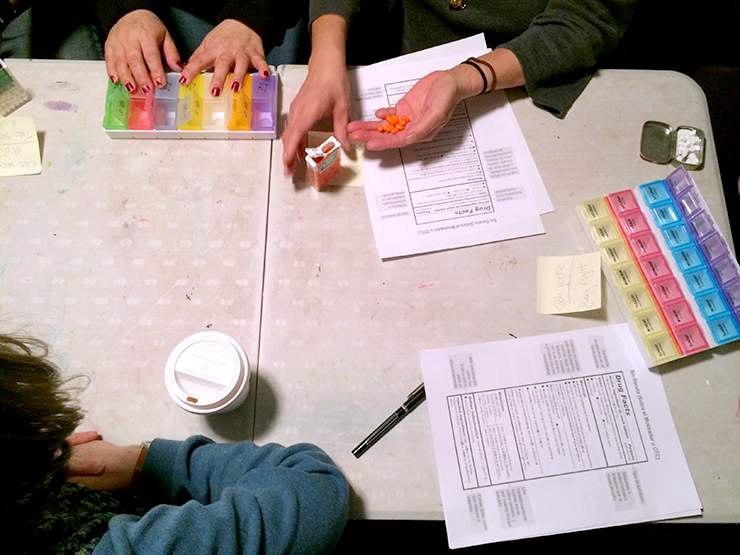Cardiovascular
Minnesota’s plan to reduce disparities in cardiovascular health and diabetes
From 2018-2021, Black adults ages 35-64, died from heart disease at approximately two times the rate of Minnesotans overall. And for Native American adults in that age range, the rate was three times that of Minnesotans overall.
MDH’s plan looks at the two most common chronic diseases in the state, both cardiovascular disease and diabetes, and gathered community input on how to improve health outcomes with a focus on health equity. The plan includes 10 priority outcomes, which each have strategies to help reach that desired outcome. Many of the strategies aim at reducing the barriers to accessing health care services structural causes that prevent communities from having the same health outcomes like lack of access to healthy foods, clean water, housing, education and places for physical activity.
“Eighty percent of health outcomes occur outside the clinic office,” Baechler said. “How we make sure that communities have what they need as it relates to nutrition, mental health … physical activity opportunities, including safe places to move and access, as well as not being inappropriately targeted by tobacco or other types of harmful substances.”
The plan outlines recommendations for organizations, healthcare systems and communities to implement, with guidance on disease prevention, long-term management and acute treatment for each chronic condition.
What’s working?
Certain partnerships are highlighted in the plan as “success stories,” one of which is HealthFinders, a community health center in Minnesota where 44% of its patients, or 655, have diabetes and/or cardiovascular disease. HealthFinders offers primary care, behavioral health, addiction service and dental care along with wellness programs – such as their chronic disease management program.
About 50% of its patients are Latino, 25% are white and 15% are Somali, said Charlie Mandile, the executive director of HealthFinders. Its locations, Northfield and Owatanna are rural, and face disparities when it comes to access to health care.
“Those populations they really experience a lot of inequities, and particularly in the area of chronic disease. Diabetes, heart disease being top of that list. And particularly for those diseases, there is very much a role for medication and clinical care. But as much or more so important is what happens out in the community and what folks are doing at home,” Mandile said.
The clinic found success with community health workers, who helped reach patients with cardiovascular disease.
HealthFinders
Community health workers helping patients during group diabetes education.
“Community health workers really bridge that gap to support all of the factors that make folks healthy in their context. They go out and do home visits, and follow up with patients with chronic disease in their own environments and troubleshoot challenges that they might have or use certain strengths that they have to support making them healthy,” Mandile said.
He said the community health workers have improved the outcomes for diabetes and cardiovascular disease among their patients, citing an increase in the percentage of diabetes control in the past three years.
“Our diabetic patients, instead of progressively having more advanced disease, we saw a 15% increase in the amount of control that our diabetics have been able to gain,” he said.
Mandile also said the clinic saw improvements in the number of patients with heart diseases, some of which he attributes that also to a joint project with MDH where it had an at home blood pressure monitoring program where patients would check out a blood pressure monitor and take measurements at home, then receive follow up from community health workers.
The plan outlines goals related to improving cardiovascular health and diabetes outcomes for other health systems and communities. The state worked with over 100 partner organizations on the plan, seeking their input for the goals and strategies.
Baechler hopes that the partners like community stakeholders, non-profits and hospital systems will now have comprehensive path to follow and a way to stay accountable to the goals.
“The Department of Health and many of the community stakeholders, various hospital systems and local nonprofits that have been working on this really have a goal of advancing these goals in partnership together, which is different than it’s been past where many of us had different goals that may be at a different rate or pace or actual outcome than the others,” she said.

